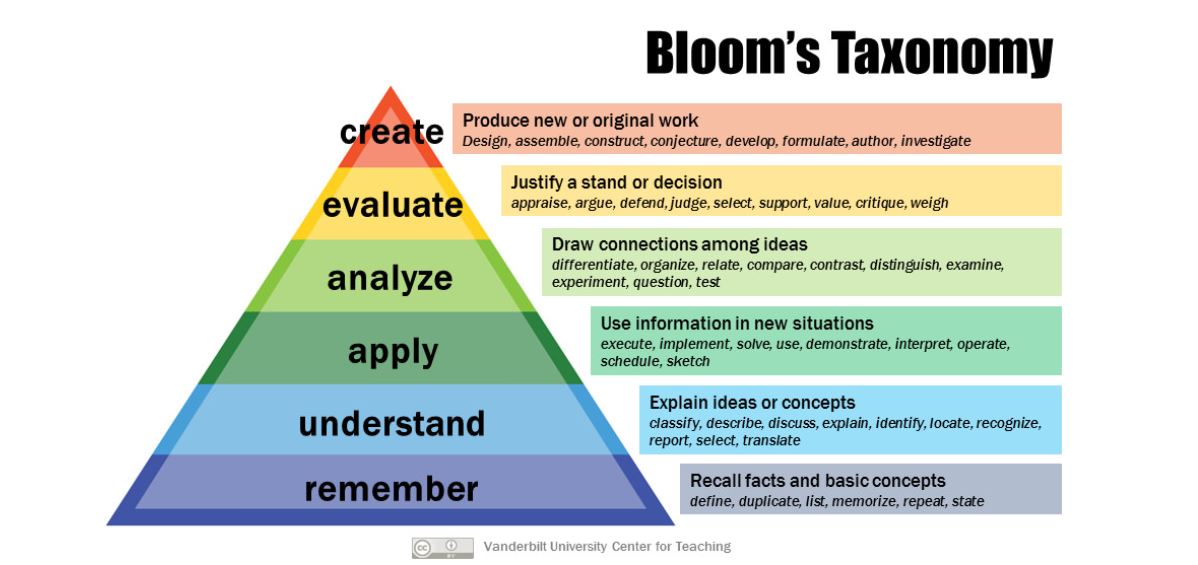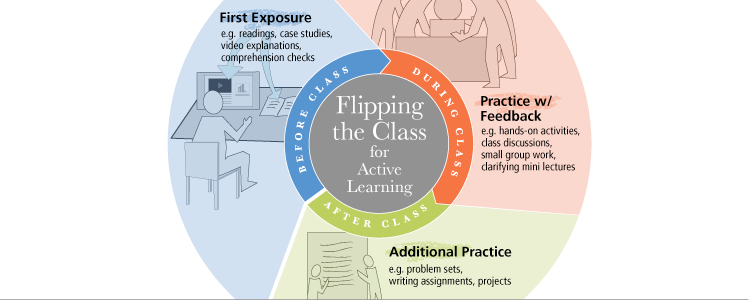Use Multiple Media to Diversify the Online Course Content
The use of diverse range of non-mainstream topics and perspectives in academic online teaching might depend on diverse contextual and personal factors. One of them is definitely the availability of digital technologies that offer innovative teaching opportunities. However, the crucial issue remains: how to find them and incorporate into our teaching methodology repertoire? Some institutions or programmes specialize in purely online teaching and learning, while for some – the classical on-site education seems to be the only choice. However, periods of mixed online, on-site, blended and hybrid teaching and learning which all of us experienced lately have created unique possibility not for some – but for all of us – of using diverse online and hybrid methods. Even if they were used at the beginning just to survive the emergency remote teaching era, they have a great potential to stay with us in the academia and immensely improve the quality of online or hybrid teaching and learning.
Online, hybrid or blended education is not only an innovative teaching fashion, but it has been deeply rooted in the pedagogical science of teaching and learning. Benjamin Bloom’ taxonomy of educational objectives points both to the significance of remembering, understanding and applying knowledge, but also at drawing connections among ideas, justifying stands and producing original, creative works. Online learning environment is not an exception – these goals can be met also there.

In contemporary academia teachers are no longer owners of knowledge. Knowledge is
not only in teacher’s minds and notes, but it is dispersed in many various sources. Having this in mind, it is useful to employ into the online or hybrid teaching the model of flipped classroom, a methodology which is favoured by the use of internet.
In a flipped classroom model emphasis is placed on teaching students active learning: they are encouraged to inquire, search for information, analyse a content and then express their point of view. Students, after being given a topic or a set of questions are asked to search for knowledge (usually in internet sources) and while meeting with their teachers on live sessions they are sharing their sources, discuss the results and exercise in practical situations. Teacher is more a tutor or a mentor than a master. This enables to introduce into the classroom a diverse range of topics, students’ experiences and perspectives, as diverse – as every class today is.

https://www.cmu.edu/teaching/technology/flippingtheclass/index.html
Thanks to learning in a flipped way students accept more challenging tasks to develop more meaningful skills and experiences. It also encourages interaction among student body, stimulate mutual learning and creativity. The flipped model of teaching and learning can be used in diverse settings, both on-site and online or hybrid. It seems it is of a particular significance for digital courses, as students can be encouraged to act even more freely in looking for sources of knowledge, not being restricted by geographical, language or financial issues – as this video explains: Online Flipped Classroom @ Online Learning and Teaching Short Video Series
 Ewa Domagała-Zyśk
Ewa Domagała-Zyśk
John Paul II Catholic University of Lublin


